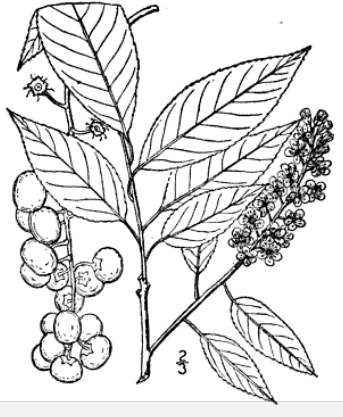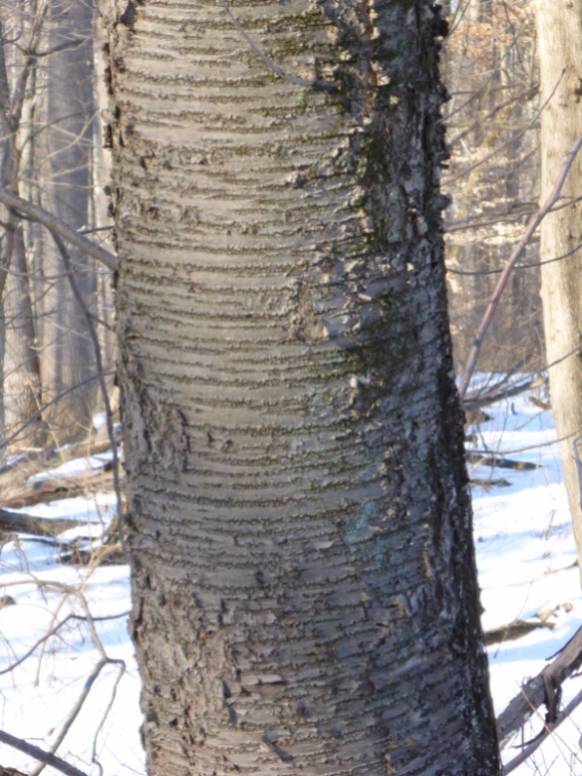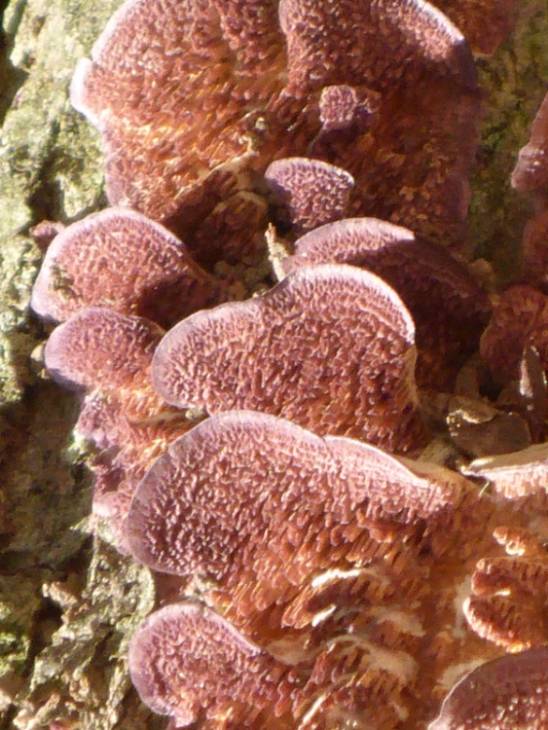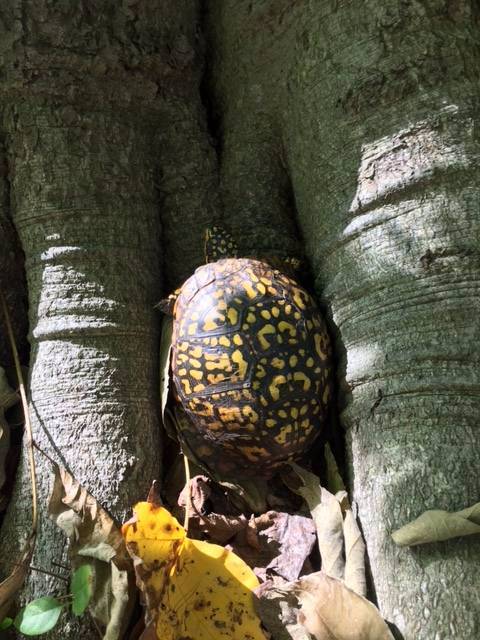Black Cherry (Prunus serotina)

Overview
Black cherry is widely distributed in the eastern half of the US, and is the largest of the native cherries. A mature Black Cherry can be identified by it’s crackly, grey to black bark, characteristically said to look like cornflakes. The ecology of Prunus serotina is that of a pioneer species, which means it is one of the first species to colonize barren environments. Thus, this is considered a sunlight-loving species, like black-walnut, hackberry, and black locust. Black cherry is the prefered host of the Eastern Tent Caterpillar, and you've likely seen the 'tents' of this species' larvae shrouding cherry trees in our area.
Utility
Historically, this tree has been used for a variety of resources, including its highly valued timber, edible fruits (particularly among Native Americans), and the wood can be used as a spice in cooking. Despite the edible berries, it is only their flesh that can be eaten. The seed and leaves, upon being crushed, contain active cyanide poison. Because of Black Cherry's commercial value, few old, large trees remain.
Black Cherry in the GNA
In the Gordon, Black Cerry is well-represented in the sub-canopy and understory and its seedlings are fairly abundant. This is surprising, since the species is moderately palatable to deer.
Read about the other two organisms at this stop:
Violet-toothed Polypore (Trichaptum biforme), and,
Common Powderhorn Lichen (Cladonia coniocraea)



